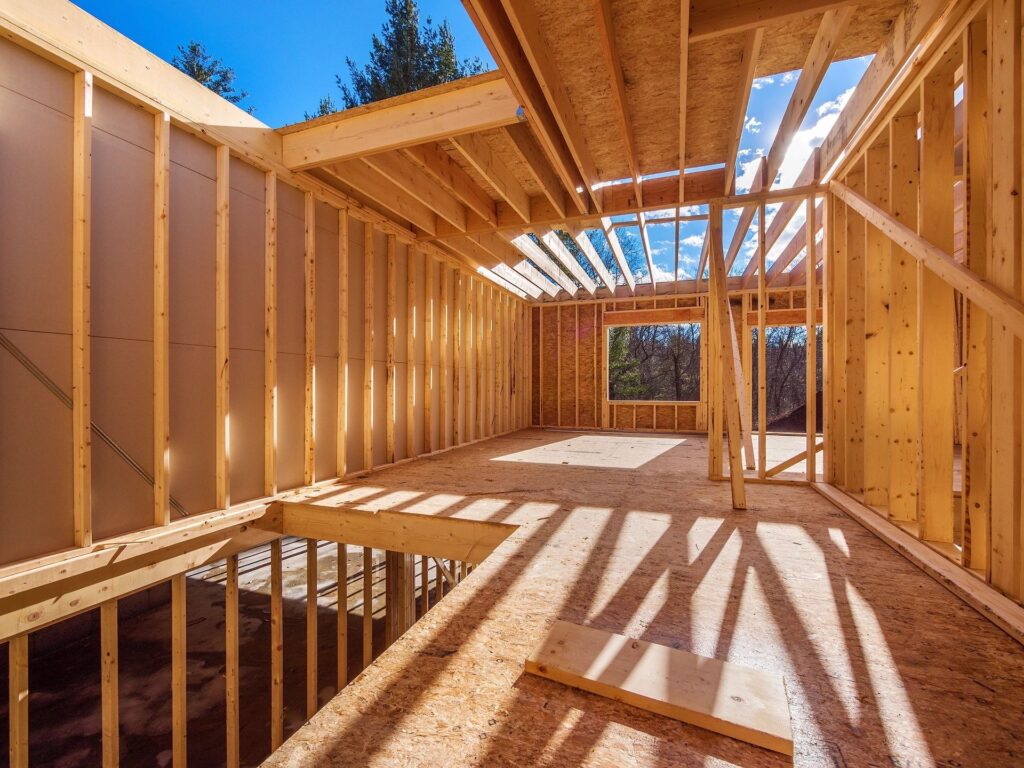Thinking about building a custom home with a unique architectural edge? If you’re going down that path, the materials you choose will make a big difference, not just in how the home looks, but in how it stands up to time, weather, and your lifestyle.
One material that deserves serious consideration is steel. And no, it’s not just for industrial builds or inner-city towers. More and more, steel is becoming a standout choice for high-end, custom-designed homes.
Strength that Doesn’t Budge
Let’s start with the obvious. Steel building frames are strong. In fact, steel is far stronger than timber or brick when it comes to structural integrity. That matters more than you think, especially when you’re working with custom designs. Architectural homes often involve large spans, cantilevered sections, open-plan layouts, or striking roof angles. Steel handles those demands without flinching.
Where other materials might struggle or need extra support, steel keeps things solid and safe while allowing you more creative freedom in design.
Precision in Every Line
Custom builds rely on detail. Every angle, join, and feature has to be precise, or things start to feel slightly… off. Timber can shift, warp, or expand with moisture. Steel won’t.
Because steel components are manufactured off-site in controlled conditions, the end result is clean and consistent. That means straighter walls, smoother edges, tighter joins, and less time on-site trying to make things fit.
For the builder, it’s efficient. For you, it’s peace of mind knowing the final product will match the architect’s vision, without compromise.
More Design Freedom
One of the best parts of working with steel is the flexibility it gives you in design. You’re not limited to standard shapes or layouts. Want huge floor-to-ceiling windows without chunky support beams breaking up the view? Steel’s your friend. Thinking of an open-plan kitchen that flows directly into the garden with minimal walls in the way? Steel makes that possible, too.
It’s ideal for:
- Wide spans with minimal columns
- Bold shapes and asymmetrical forms
- Mixed materials like concrete, glass, and timber
- Roofs that twist, curve, or slope in dramatic ways
Basically, if you’ve got big ideas, steel can keep up.
Fire Resistance You Can Rely On
In areas prone to bushfire—or even if you just want the extra protection—steel is a smart move. Unlike timber, steel doesn’t catch alight or feed a fire. That doesn’t mean your entire home is fireproof, but it does give you a better baseline of safety, especially when used as part of a broader fire-resistant strategy.
Even if fire risk isn’t a major concern where you’re building, insurance providers often view steel-framed homes more favourably. That could mean better rates down the track.
Long-Term Durability
No one wants to think about maintenance when building a home, but it’s a reality. Weather, pests, and time all take a toll.
Steel doesn’t rot. It’s not affected by termites. It won’t bow, crack, or shrink. And with proper protection and coatings, it resists corrosion for decades. That means fewer surprise repairs, less ongoing work, and a home that holds its shape long after the paint has dried.
It Plays Well with Sustainability
If sustainability matters to you, steel is worth looking into. Yes, it takes energy to produce, but steel is 100% recyclable, and often already made from recycled content. Plus, because it lasts so long and doesn’t require heavy maintenance, the overall footprint over the life of the home is often lower than timber or brick.
Steel also lends itself well to passive design principles. Because it can support wider openings, better glazing, and efficient insulation, you can design a home that’s more comfortable year-round, with less reliance on heating and cooling.
Less Waste, More Efficiency
Site efficiency is a hidden advantage that doesn’t always get talked about. Because steel is pre-cut, pre-fabricated, and assembled more like a kit than traditional materials, there’s usually less mess, less cutting on-site, and fewer delivery delays.
You also avoid over-ordering, wasted off-cuts, and rework due to warped or damaged materials. It makes the construction process smoother from start to finish.
And if you’re building on a tricky block—like a slope or in a remote area—steel can often be brought in and assembled with fewer headaches than more traditional approaches.
Clean Lines, Modern Look
Aesthetically, steel gives a custom home that crisp, modern feel many architects are chasing. The sharp angles. The seamless transitions. The fine detailing around windows and junctions. Steel handles all of that beautifully.
Whether you’re aiming for industrial, minimalist, coastal, or something more organic, steel can be adapted to suit. It’s not locked into one look; it’s just a solid base to build from.
Worth the Investment
Sure, steel can cost more upfront in some cases. But over the life of your home? It often pays for itself through fewer repairs, greater resilience, and the ability to bring complex architectural designs to life without compromise.
For many custom builds, especially those with unique designs or built in challenging environments, it’s a choice that makes sense not just for today, but for decades to come.

